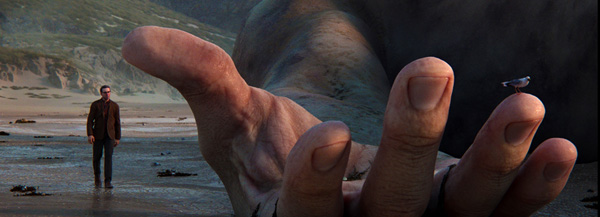
Launched in March of 2019 on Netflix, the first series of Love, Death + Robots brought together a variety of animation styles and stories, crossing the genres of science fiction, fantasy, comedy, horror and others. Created by producer/director Tim Miller with David Fincher as executive producer, the series called on the skills of a diverse team of directors and animation studios to push and expand the medium, and has won five Emmy Awards.
After designing the look and feel of series 1, when the show returned to Netflix in May 2021, Senior Colourist Doug Delaney at Picture Shop also returned to grade season 2. “I had really enjoyed working with Blur on season 1,” Doug said. “I think they appreciated what I brought to the project in terms of my technical background, as well as creative input regarding finishing the various animation pieces and integrating the HDR choices we made.
Many Styles of Animation
“The most challenging part of this project has been adapting to each of the many styles of animation in each piece. All of them are rich in textures and detail. With animation in particular, the colour, contrast and quality of the images are each very specific, and honouring that in the multiple viewing spaces can be a complicated negotiation.”
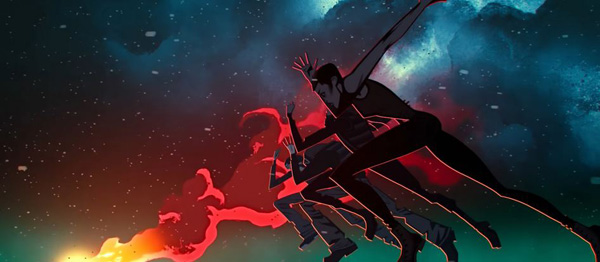
Blur Studio oversaw all of the projects and were responsible for managing the workflow of each of the animation facilities. Doug also worked with Blur to refine that process by using what they had learned from season 1 to improve the workflows. “In order to unify all of the incoming colour pipelines from the various facilities, we decided to work in ACES for the finish. So elements were delivered to us in AP0 as EXRs with embedded mattes,” Doug said. The ACES (Academy Color Encoding Specification) colour space is a high-dynamic range, scene-referred linear space with a colour gamut that encompasses the gamut of human vision, which is referred to as AP0.
Jerome Denjean of Blur Studio has been the visual effects supervisor for the project. Doug said, “Jerome would develop creative notes with the episode directors in terms of colour and mood and visualise them as contact sheets that they could be shared with the filmmakers. These contact sheets would be the jumping off point for look development and we would refine from there.
Grading Decisions
“Each episode has a different narrative, style and approach for sure, and really depended on what we all thought the episode required in terms of refining the finish. Some of the episodes were delivered looking very close to the final grade, and so we simply sweetened the look and massaged it for HDR. With other episodes, we took advantage of the mattes the teams provided to relight scenes and balance foregrounds/backgrounds for continuity.”
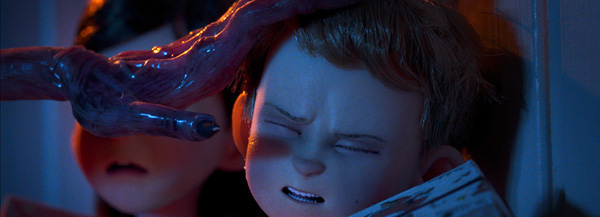
Total grade time was about 16 hours per episode, on average. Some were longer, others shorter. As it was a Netflix delivery, the team graded in HDR with an SDR-derived trim.
“We decided that FilmLight Baselight would be the best grading system to handle this project – we were working in a colour-managed pipeline, and I don’t think any system does that better than Baselight,”said Doug.
The goals of colour management for Netflix include determining a predictable, repeatable way to view images and convert between different colour spaces, based on different capture devices and display types. That way, creative intent is maintained through production and post.
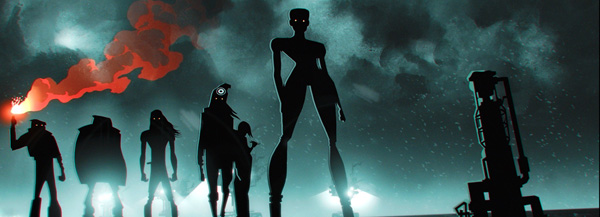
Another objective is making all colour decisions and VFX work in a scene-referred colour space in order to have enough creative flexibility in post. The main goal is future-proofing the picture archival masters by making sure the quality is very high.
Embedded Mattes
Doug said, “An important reason for choosing Baselight is that I knew we would need to dive deep into using the embedded mattes to manipulate the composites. I was combining various mattes and shapes to get the selections I needed, and Baselight does that in an elegant, powerful way.”
During Covid, all team members were working entirely remotely using TecStream, which is Picture Shop’s remote grading platform since Streamland Media’s acquisition of Technicolor Post. “Since the animation filmmakers are located all over the world, it was a good foundation for running the sessions as if we were co-located. The contact sheets I mentioned earlier from Jerome Denjean aided in getting everyone on the same path to finishing during the first session. After working through notes and comments from everyone, I would do a pass on the piece unsupervised. Jerome and I would then work on the finishing touches and hold a final approval session,” said Doug.
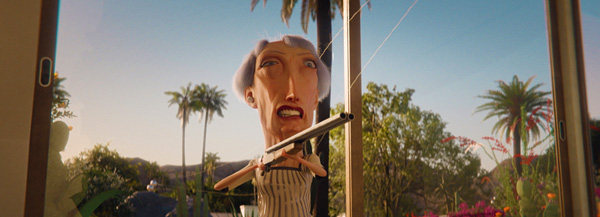
“In Baselight, the tools I depended on the most were Base Grade, Texture Highlight and Matte Merge. Base Grade helped hugely when I needed to contour the highlights for HDR, or flare the low end a touch. Like Netflix’s approach, Filmlight doesn’t use a video signal or film stock as a base, but algorithms modelled on human perception, so Base Grade works the same way in every working colour space. Four parameters affect the whole image – flare, balance, contrast and saturation.
“Texture Highlight was used to take the edge off specular highlights. It reduces gamut clipping artefacts in HDR, for smoother specular highlights. Sometimes rendered peaks can be a bit hard, so subtly rounding them off can help with rendering the highlights overall. Matte Merge was used extensively to manipulate the many embedded mattes and shapes. The ability to add mattes together or subtract one from another was very helpful.” www.filmlight.ltd.uk



